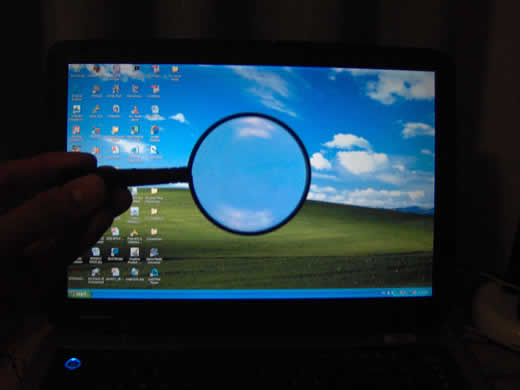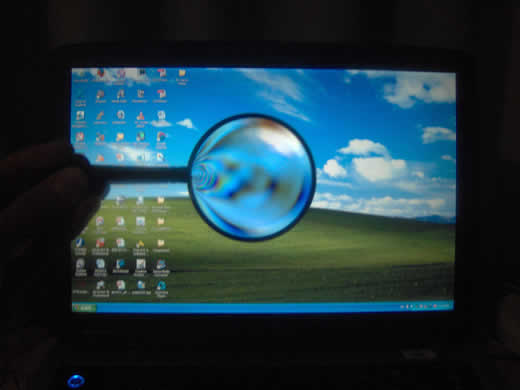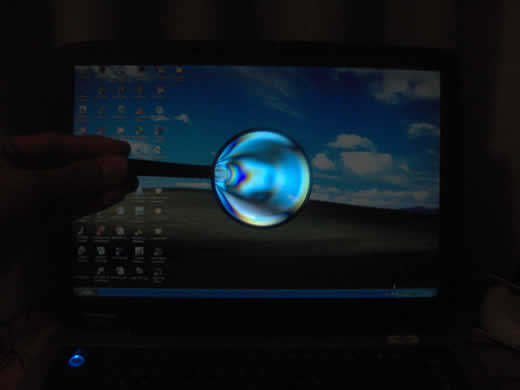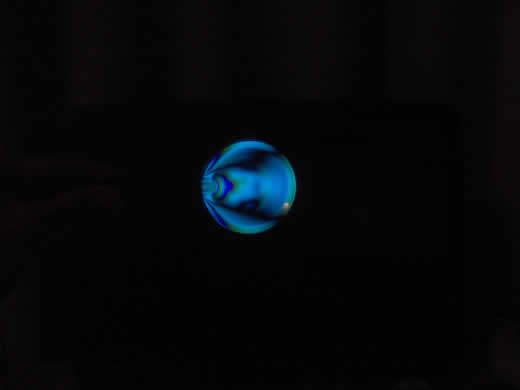 |
P H O T O G R A P H Y C O N T E S T Sponsored by A.J. Hirsch |
Francis
Bell High School
Third Place
2007 OAPT 4U Photo Contest




Light Source M.I.A.
These are pictures of an LCD display with a plastic magnifying glass placed in front of it seen through a polarizing filter (variable). Light coming from incandescent sources will travel in transverse waves oscillating (perpendicular to the direction of propagation) in various planes, as each particle in the source radiates individually, producing waves independently. A polarizing filter will only allow radiation oscillating in one plane through. An LCD display uses two polarizing filters at 90o from each other. Birefringent liquid crystals are sandwiched in the middle: they can rotate (depending on charge applied) the polarization of light as light of different polarizations travel through it at different speeds. This allows light through, as without the crystals, light allowed through by one filter would be blocked by the other. Therefore all light emanating would be polarized in one plane. The plastic magnifying glass also changes the polarization because of the heat and pressure stress left by the manufacturing process. Picture one was taken without a polarizing filter. In picture 2, using picture 1 as reference, the display looks identical, yet the stress patterns on the magnifying glass can be seen: this is because picture 2 was taken with the filter oriented to allow the light from the display through. In picture 3, the display is dimmer while the overall brightness of the magnifying glass is unchanged (though the stress patterns changed): this is because the filter was placed at 45o from picture 2, allowing only some of the display’s light through. In picture 4, the display is virtually invisible, yet the magnifying glass is as bright (note that the stress pattern is the opposite of that in picture 1): this is because the filter was oriented to allow no light from the display through.